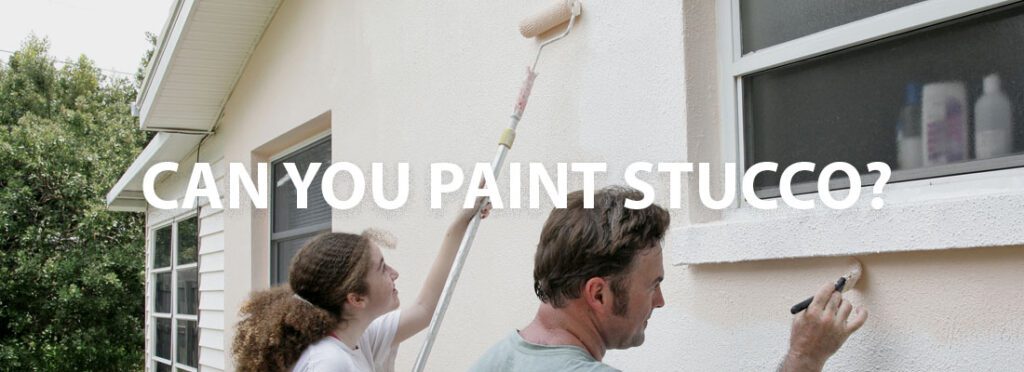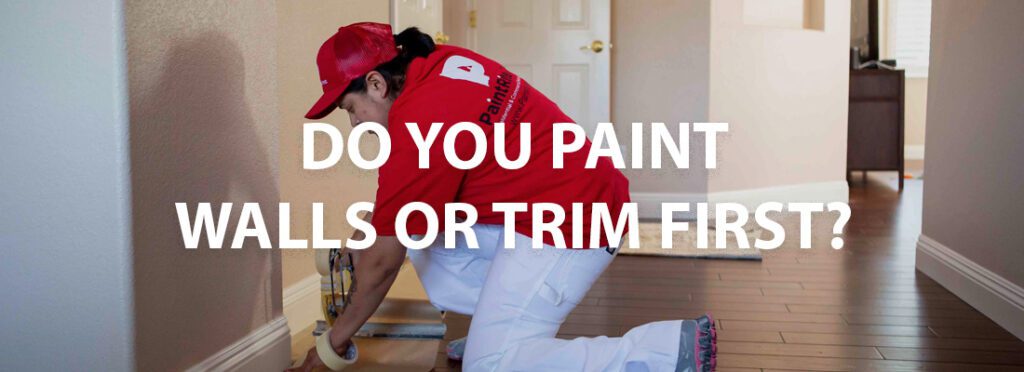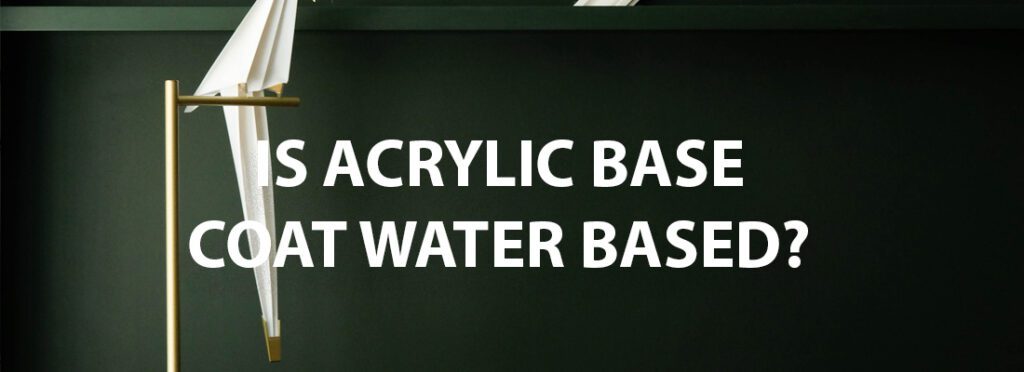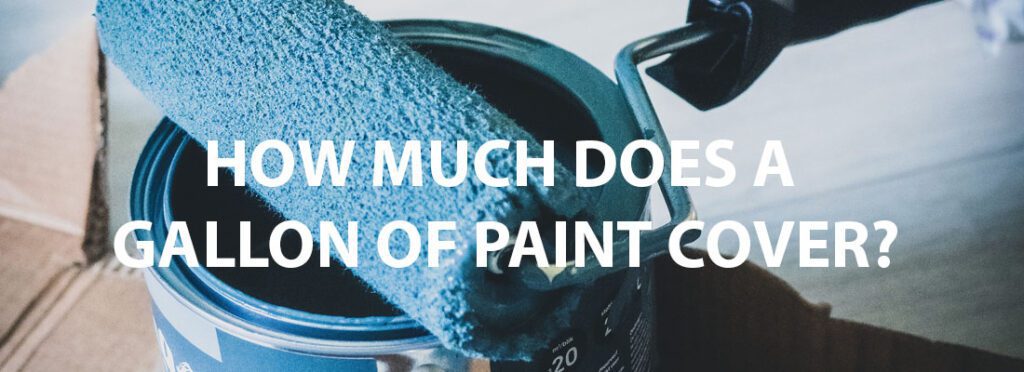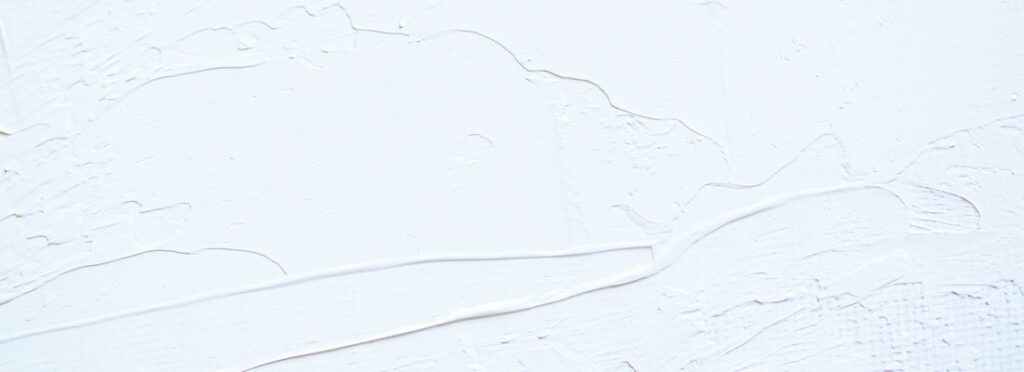
If you want to makeover your home’s exterior, one of the easiest things you can do is paint your front porch. Since deciding how to update your porch can be challenging, we’ve compiled a list of our top front porch paint ideas
Your front porch is an extension of your living space, whether it is a place to sit back and relax or to socialize with neighbors. Updating or changing the color can make it a more inviting space where you will want to spend your time.
Read on to see what you can do to update your porch.
How Long Does It Take for Paint To Dry?
Front Porch Paint Color Ideas
Picking the color of your front porch might be one of the most difficult parts of the entire process. The color is something that you will have to look at every day, so you want to make sure the color is one you love. Need some color inspiration? Check out our paint color ideas for updating and revitalizing your front porch.
White
When you think of porches, the first color that probably comes to your mind is white. White is a classic color for your front porch. It adds a light, airy feeling to your exterior and never goes out of style. White works well with many different porch styles, from modern farmhouse to classic plantation. White paint will also help brighten a south-facing porch that doesn’t receive as much sunlight. Pops of color stand out more vibrantly against white.
Pure White by Sherwin Williams is a classic shade of white, perfect for your porch. If you like the idea of white but want something with a little more warmth to it, you can look for something off-white, like Farrow & Ball’s Shaded White.
Gray
Grays have been having their moment in home design recently, and that trend is here to stay. Whether you go with a warmer or cooler gray, you will not be disappointed in the neutral but elegant look of your front porch.
For a calming blue-gray, choose a color like Behr’s Light Drizzle. If you prefer a silvery gray, Silver Mine will give your porch a sleek look that will enhance the architectural details of your front porch. Benjamin Moore’s Revere Pewter is a highly popular warmer shade of gray.
Green
White and gray both offer sleek, classic looks for your front porch, but if you want something with a little more pizzazz, consider playing with green. Greens are trending, and we love the way they can flatter the landscaping of your house. You can either paint accents, like shutters and doors or go big and paint the whole porch green.
If you like the idea of a green porch, consider Benjamin Moore’s Backwoods for a classic, vibrant color. For a more muted hue, Tree Moss is a beautiful shade of sage that will still accentuate the greenery surrounding your home.
Navy Blue
Navy blue is a moody hue that is always a classic paint color for front porches. Navy blue acts as a neutral color but still manages to make your front porch pop.
Farrow & Ball’s Inchyra Blue is a gorgeous color that, depending on the light, reads more gray, blue, or green. Newburyport Blue by Benjamin Moore is a classic color of navy blue steeped in colonial tradition.
Seafoam Green
If you’re looking for something a little bit whimsical, consider painting your porch seafoam green. You can use it as an accent color on doors and shutters, or even on the whole porch.
Behr’s Seafoam Pearl is a gorgeous bright color of seafoam green. If you want something lighter, Snowbound and Sparkling Brook offer softer versions of the color.
What’s The Best Temperature To Paint Outside?
How to Paint a Porch
Now that you have an idea of how you want to update your porch, here are our best tips for painting your front porch.
1. Pick Your Paint Color
Before you get to work, you will have to pick out your paint color. You may want to buy some samples so you can see which color will work best for your porch. Make sure you like the way the paint color reads in different lights, and consider how it will look in context with the neighboring houses. Also, consider whether or not it clashes with your porch furniture or with other parts of your house’s exterior.
Make sure you choose the right kind of paint for your project. For example, if you’re painting railings and posts, look for an exterior door and trim paint and pair it with an exterior latex primer. If the paint you buy does not come mixed with primer, make sure to buy a primer as well.
2. Surface Preparation
It might not be the most exciting part of painting your porch, but preparing the surface is key to a good paint job. First, clear your porch of anything you keep there. Sweep dried leaves, twigs, and other debris off, and then wash the porch of dirt with your garden hose or a pressure washer. Make sure to get in between floorboards if you have a wood porch. You will want to wait at least 24 hours before painting to ensure your surface is dry.
A concrete surface can be cleaned with a mix of water and detergent. If your porch is already painted, you should clean the paint with a TSP solution. This helps remove grease and stains. Make sure you wear proper protection when using TSP.
The last part of surface preparation involves sanding existing paint and rough edges. Make sure to dust and clean the surface again when you are done sanding. Once that is done, you can apply painter’s tape.
3. Etch the Surface (For Concrete)
Skip this step if your flooring is wood. If, however, you are working with concrete that has not been painted, you will need to etch the surface. To do this, mix a solution of 5 to 10 percent muriatic acid and water. As with the TSP, use proper hand and eye protection. Plan on using a gallon of solution per 100 feet square feet, and scrub with a bristle brush to apply the muriatic acid solution.
Once you have applied the solution to the whole area, leave it on until it stops bubbling. Then, wash it off and let the whole area dry. It will leave behind a powder, which you can clean up with a rag and a shop vac.
4. Apply Primer
Now that the surface is prepared, it is time to apply the primer. If you have a wooden porch, use two layers of exterior primer. A roller brush with an extension pole will probably be the easiest on your back, but for hard-to-reach areas, use a small brush.
If you have a concrete porch, you apply one layer of concrete primer, using the same method above.
Allow eight hours for the primer to dry before moving onto the last step.
5. Paint
Once the primer is dry, you can begin painting your porch. Two coats of paint should give you the coverage you need. Use the roller brush with the extension pole again, along with a small brush for the trickier areas.
Make sure to wait eight hours between coats of paint. When painting concrete stairs, mix clean, fine sand in with the paint. This leaves a rough surface that will not be slippery when wet. To keep bugs away, you can also mix citronella in with the paint.
Now that your porch is painted, wait at least two days before replacing the furniture or letting anyone walk on the porch.
Porch Floor Paint Ideas
If you think your porch floor has to be basic and boring, think again. Consider some of these porch floor paint ideas to give your porch a facelift.
While stained wood may be classic, it does not have to be boring. Staining the wood of your porch both protects the wood and gives it a beautiful, natural look. A dark stain like Dark Walnut by Minwax can elevate your porch, giving it a sleek, elegant look. Benjamin’s Maritime White is a lighter stain that will enhance the natural grain of your wood.
If you want something with a little more flair, consider painting a pattern on your porch floor. Checkerboard patterns, geometric shapes, and bold stripes are all classic looks that will dress up your porch. You can even go for a faux tile look. Whichever pattern you choose, begin with your base color and allow that to dry before using painter’s tape to mark out your patterns.
Painting the floors of your porch with a bold color like red is an easy way to make a big impact on the look of your porch with minimal effort.
Best Porch Paint
Painting your porch takes a lot of effort, which means you want the most durable paint to stand up against the elements and foot traffic. Here are some of the best porch paints to use.
- Kilz Porch & Patio Floor Paint: This latex paint is considered one of the best paints for your porch floors. The paint resists scuffs and cracks and protects against mold and mildew. It goes on smoothly, dries quickly, and cleans easily. That, plus its durability means Kilz Porch and Patio Floor Paint has a high customer satisfaction rating.
- Rust-Oleum Porch & Floor Coating: Rust-Oleum is a highly trusted company with high-performing paints. Their porch and floor coating comes in a variety of finishes, including gloss, semi-gloss, and anti-skid. Like Kilz Porch & Patio Floor Paint, Rust-Oleum’s Porch & Floor Coating protects against mildew and is resistant to scuffs, cracks, and scratches. It dries quickly and goes on with a smooth finish.
- Valspar Latex Satin Porch, Floor, & Patio Paint: Another competitor for best paint comes from Valspar. This porch and patio paint goes on smoothly and dries quickly. It is durable against weather, scratches, and general use and is tintable to most Valspar colors.
Front Porch Paint Color Ideas Conclusion
Painting your own porch is something you are more than capable of doing, especially in the age of YouTube How-To videos. However, if you would rather leave it up to the pros, give the experts at PaintRite Pros a call or click here for your free estimate. We work in Elk Grove and Sacramento, and with over 25 years of experience and a 4.9 star rating on Google, we have the skills to paint your porch exactly how you want it. We have Spanish speakers on our staff and serve Dixon, Davis, Roseville, Vineyard, and more!
Get Free Estimate
